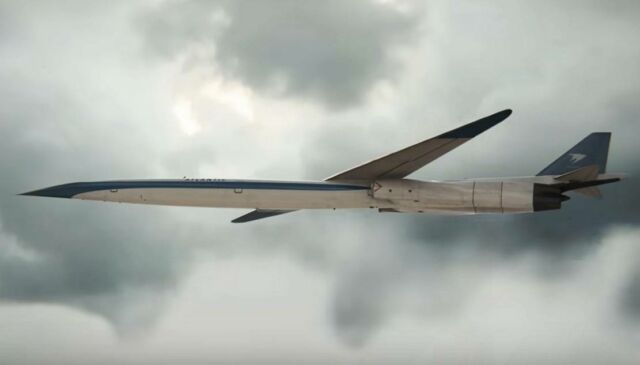
Could an oblique wing, pivoting at an angle compared to the airplane’s body, change air travel?
Bilateral symmetry is usually assumed in designing aircraft. Everything in nature that flies, like bugs or birds, has this symmetry. But birds that fly fast don’t have it.
In the 1950s, a smart NASA engineer named Robert Thomas Jones started working on a different kind of wing design called an oblique wing.
Jones tested his ideas with wind tunnels and small model airplanes. NASA got interested and did more research in the 1970s.
NASA’s research agreed with Jones’s ideas, showing that oblique wings could work well in flights. There were plans for testing a faster version with a modified Navy fighter, but it got canceled in the early stages, because of money and changing priorities.
It’s tough to control them when the wings are at extreme angles, and automated systems might be needed. But with modern technology and strong materials, these issues could be solved. Many still believe that oblique wings could be used for big airplanes because the benefits are too good to ignore.
[Youtube]

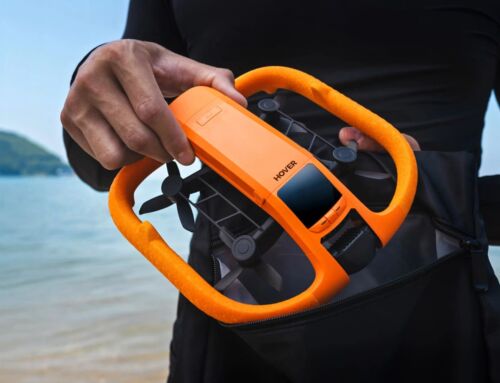
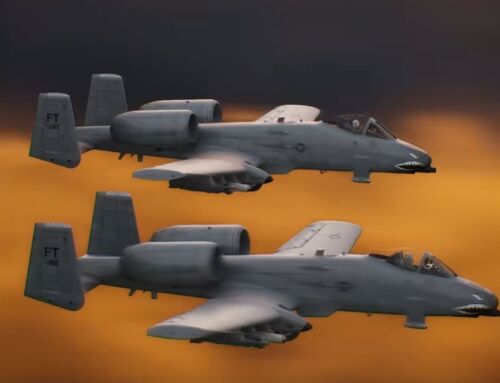
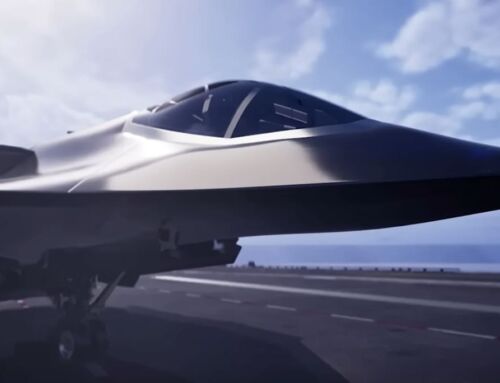
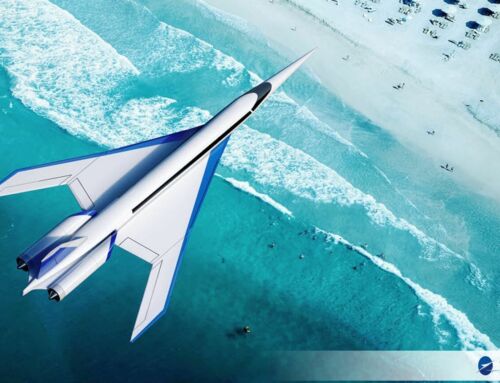
Leave A Comment